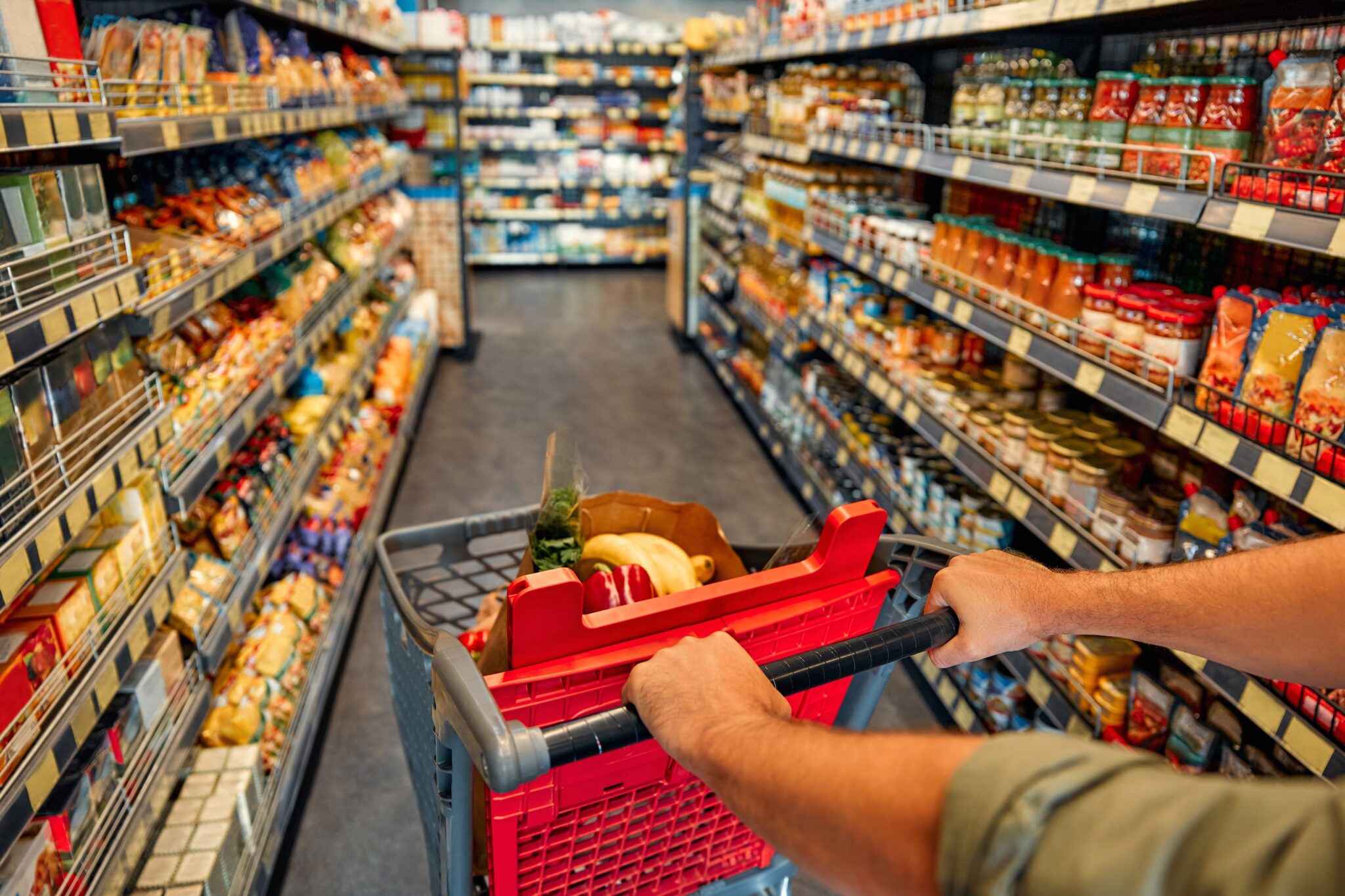
9 in 10 Americans CHANGE Grocery Habits!
Inflation is twisting the arms of Americans, compelling them to bite the bullet by transforming their grocery shopping routines.
At a Glance
- Inflation is prompting Americans to alter their grocery shopping habits to save money.
- Nearly 90% of Americans are changing their shopping behavior due to inflated grocery bills.
- Lower-income shoppers face heightened stress about affording groceries, with grocery bills as a major concern.
- Consumers are pivoting to cost-saving strategies like buying generic brands, using coupons, and shopping at discount stores.
Americans’ Shopping Evolution
Last year’s food cost spike catalyzed a transformation in grocery shopping habits nationwide. Inflation forced Americans to rethink their spending habits. The result? A dramatic shift towards seeking more economical options and discounts. Nearly 90% of consumers have reportedly altered their shopping behavior.
There’s more distress for lower-income families, especially those making under $30,000 a year. Some 74% of these households cite significant stress from rising grocery costs. It’s a storm of anxiety exacerbated by other economic factors such as tariffs and unemployment.
Smart Spending Strategies
In the face of inflated prices, shopper ingenuity has surged. People are turning towards strategies that maximize every dollar spent. Actions like choosing store brands, sticking to shopping lists, and paying keen attention to prices have become prevalent. Generic brands attract 44% of shoppers now, with 38% adhering more strictly to shopping lists, and 29% focusing on price tags.
“Nearly 9 in 10 Americans are changing the way they shop to fight inflated grocery bills.” – LendingTree survey – https://retailwire.com/americans-changing-shop-grocery-store
Shoppers are learning to live thriftily by buying essentials in bulk and latching onto seasonal produce deals. Stores like ALDI see increased footfalls as they offer cost-saving private labels and bulk buying options.
The Economics of Food Shopping
The financial chaos is not subsiding. The cost of food at home recorded a 6.1% rise from 2022 to 2023, and it’s far from stable. Projections for 2025 hint at food prices increasing by another 3.4%. It’s a challenging scenario, with the Bureau of Labor Statistics reporting a consistent upward trajectory in grocery costs.
“Hungry shoppers are more likely to impulse-buy or overspend” – Xu et al.
A focus on reducing waste is gaining traction. The USDA highlights that cutting down on food waste can save a family of four $1,500 annually. Families are advised to plan meals, serve appropriate portions, and embrace leftovers as part of their cost-saving routines.






